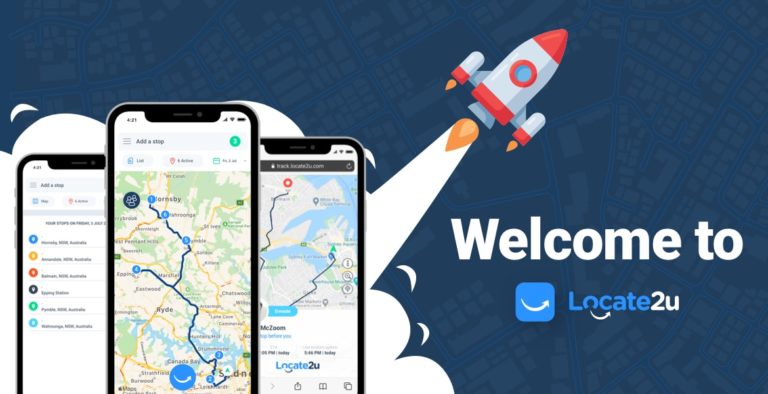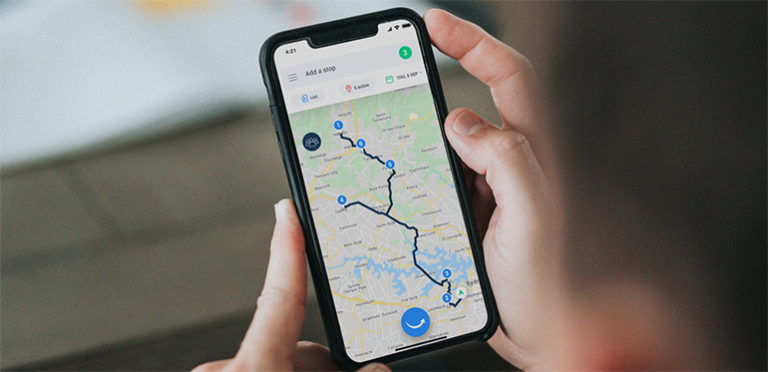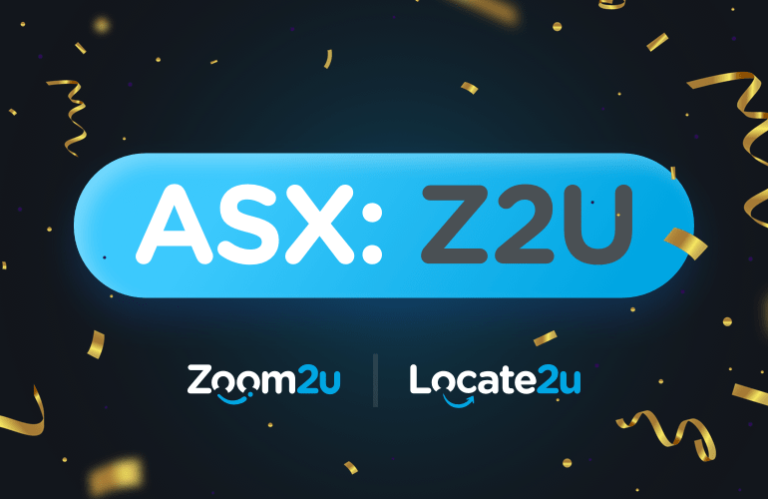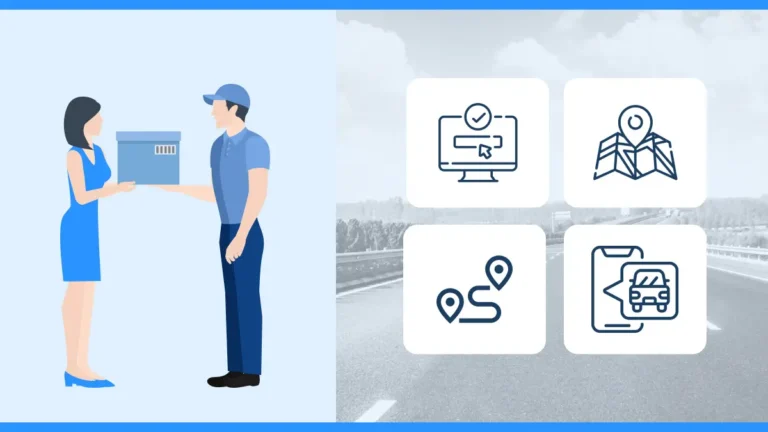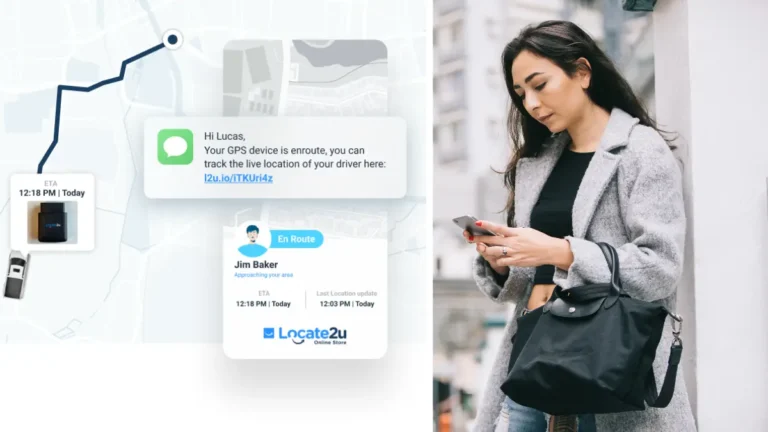Are you struggling to keep up with the fast-paced last-mile delivery speed? What if you could make your deliveries faster and more effective? A transport management system can boost your fleet’s output.
From dynamic pricing to personalized delivery options, a transportation management system gives your fleet managers greater visibility, improves logistics operations, and minimizes transportation costs.
Imagine it’s peak holiday season, and your drivers are stuck in traffic. The customers are waiting for updates, but you can’t really give any updates because you don’t have accurate information.
You can solve many of your last-mile delivery problems using a transportation management system in one go.
How To Improve Your Your Deliveries with TMS
Here are five ways a TMS improves the last-mile delivery process, whether you are a small business or an enterprise.
1. Change Your Delivery Pricing With Transportation Management
Pricing is a sensitive matter for customers and businesses. However, using a transportation management system to implement dynamic pricing for delivery fees can just alleviate that pain and frustration.
TMS can help your business base fees on demand, distance, or time constraints. This means that the price can go up when there is a higher demand. It’s almost like a surge in pricing in ride-sharing apps in peak areas.
How does a transportation management system calculate this?
- It gathers and analyses real-time data (based on order volume, delivery, distance, or time of day)
- It then identifies peak hours of the day or seasonal spikes.
- The system then adjusts fees accordingly to manage capacity.
- It’s also great for incentivizing off-peak deliveries.
A transport management system also offers customers a premium package, like faster deliveries, to narrow delivery time windows. This allows for higher rates while still offering discounts for flexible scheduling.
2. Personalized Customer Delivery Options with TMS
These days, it’s all about personalizing the shopping experience for customers.
According to research, personalization plays a massive role in purchasing decisions, with 45% of online shoppers saying they are more likely to shop on a site offering personal recommendations.
A transportation management system can hyper-personalize customers’ delivery preferences during the last mile.
This includes their preferred time slots, specific locations, or even their favorite delivery driver.
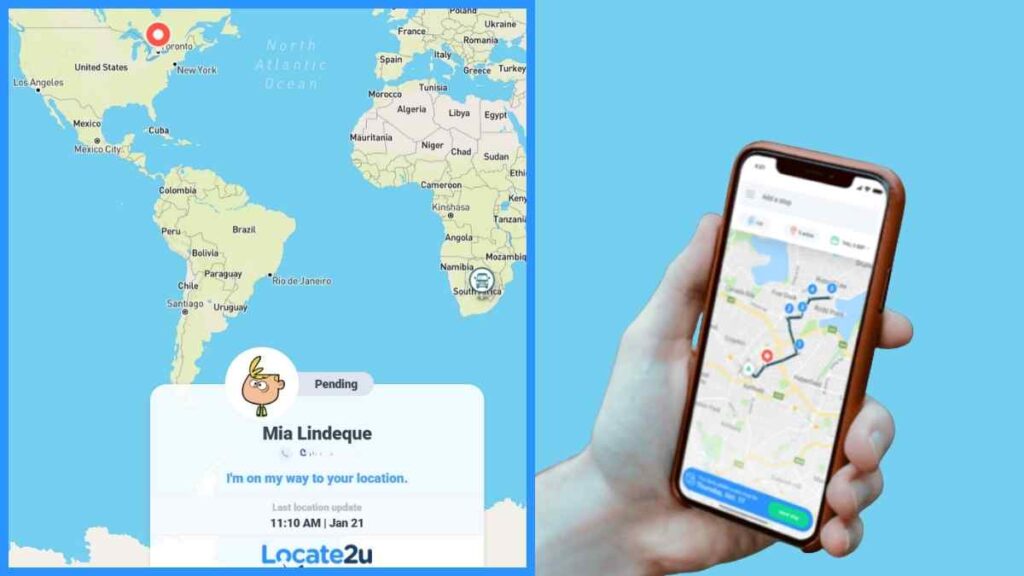
3. Transport Management Creates Intelligent Parcel Consolidation
A transportation management system can consolidate parcels heading to the same neighborhood or building. This is done with route optimization software that builds the orders into one single delivery route.
It uses real-time visibility to execute effective transportation planning, which would have taken too long if you had used manual processes.
This helps to manage transportation by reducing the number of vehicle trips during the last-mile delivery process. TMS software can also help with cost savings and emissions this way.
But how do you get customers to take this option?
You could incentivize the process, letting customers choose consolidated delivery windows in order to get discounts or rewards.
4. Transportation Management Provides Predictive Maintenance Scheduling
A transport management system can analyze transportation data, mileage, and fleet wear and tear trends. This helps to keep the health of delivery vehicles in good shape.
This helps ensure there are no interruptions in the logistics services. When one vehicle is out of service, it can strain the rest of the fleet.
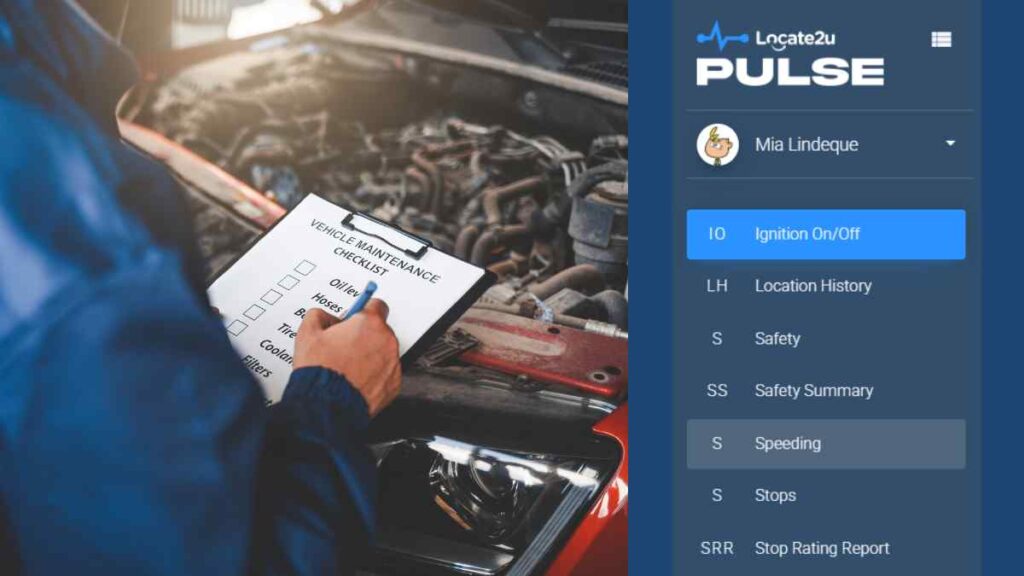
5. Identifying Driver Skills With a Transport Management System
You can send a delivery driver into an area that is completely unfamiliar to them, but that would not make sense. You would much rather focus on a driver’s strength and build on that.
That’s exactly what a transportation management system does. It assigns deliveries based on which driver knows an area better or works better in the evenings.
Sometimes, a delivery driver functions better in rural areas than navigating through peak traffic in the inner city. This could delay the last-mile delivery by significant minutes.
However, with the right tools, like a transportation management system, this can be automated to ensure the best driver is used for the best job.
About the author
Mia is a multi-award-winning journalist. She has more than 14 years of experience in mainstream media. She's covered many historic moments that happened in Africa and internationally. She has a strong focus on human interest stories, to bring her readers and viewers closer to the topics at hand.




